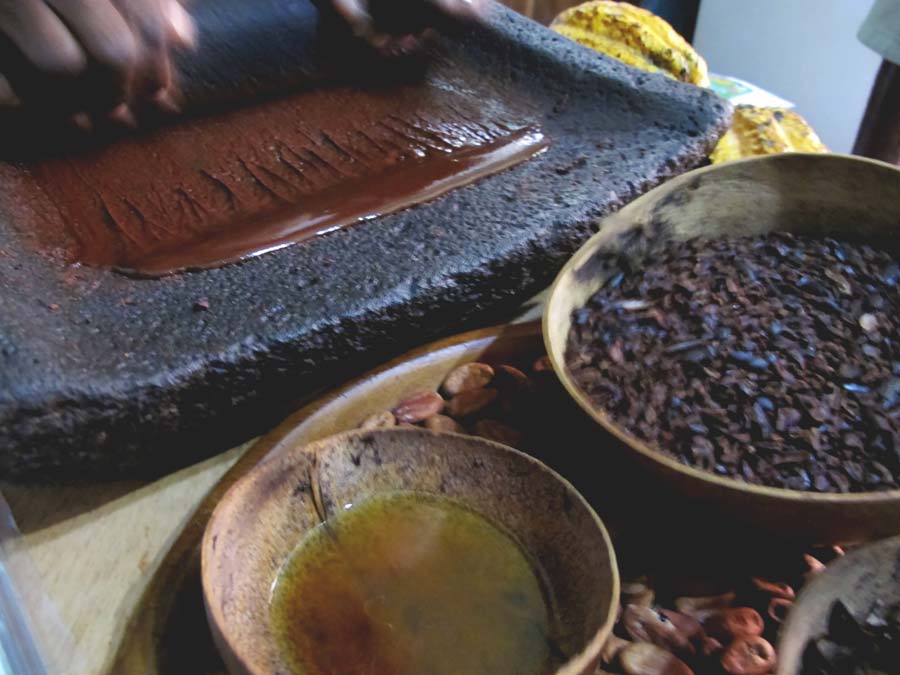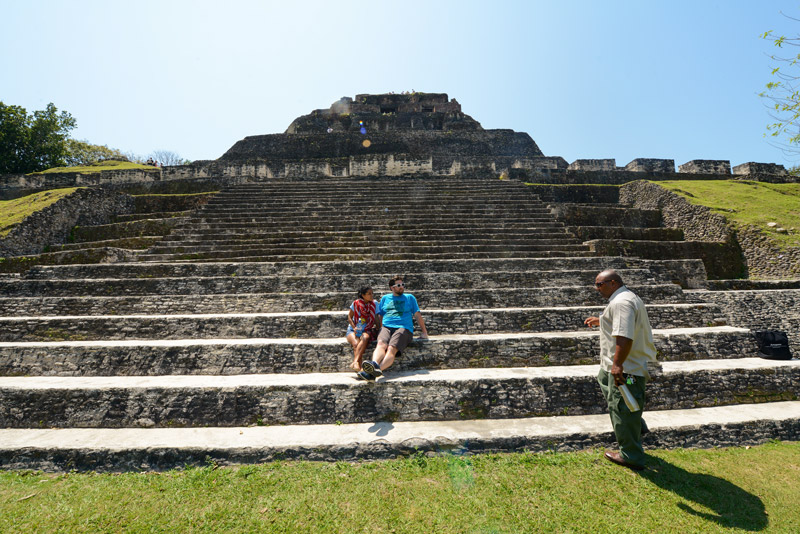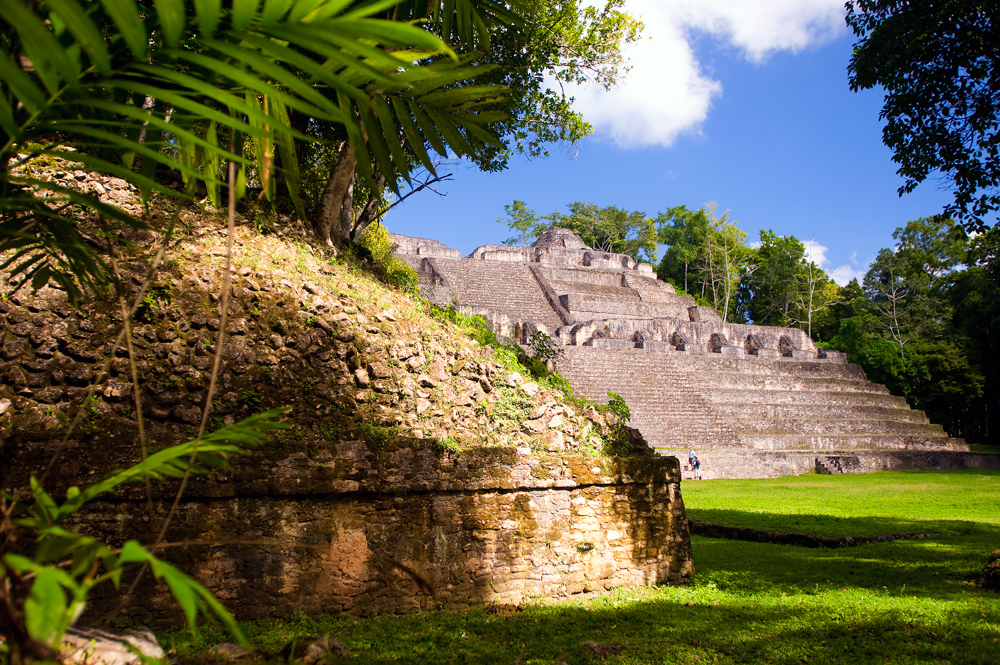Nestled between the Latin powerhouses of Guatemala and Mexico, Belize is a small, mountainous country that faces east to the Caribbean Sea. But that’s just Belize’s geography. To understand what it’s like to be on this dually Caribbean and Central American nation—to watch net-casting fishermen wade across waist-deep waters on the coast, to sip on Belikin beer (the native flagship lager of Belize), to witness what’s been called Mother Nature’s best kept secret—one must experience Belize.
A large portion of that is in our culture and history, with strong roots in the Mayan civilization.

Take that very same Belikin beer—its name originates back to the Maya Classical Period, translating to ‘road to the east’. Similarly in that very same era, the Mayans forged an eastward expansion towards Belize, whose relics still remain hidden amongst lush tropical jungle in 2021.
But it’s also not just Belize. Originating in the Yucatán around 2600 B.C., the Mayans rose to prominence around A.D. 250 in present day Mesoamerica—where you can find sprawling ancient cities with towering pyramids, ballcourts, saunas, monumental sculptures, and enigmatic hieroglyphs. Even today, new discoveries are unearthed that explain mysteries of Belize’s rich and enigmatic ancient Maya culture.

Think of this blog as a crash course into a fascinating past. Here’s 8 things you probably didn’t know about the Mayans—a civilization that developed its own written language, architecture, as well as mathematical and astronomical system.
1. Tamales Were Really Important

Maize—corn—is a staple crop across the Americas, and new research in Belize suggests it’s been that way for at least 4,700 years. Believable, considering ancient Maya glyphs and excavated artifacts even depict tamales. Yup, those very same piping-hot pockets of masa (corn dough) that holds a tomato-based spiced gravy of chicken inside! To this day, corn remains the cornerstone of the indigenous Maya diet.

The Mayans used corn to support a growing population: rainwater was harvested for irrigation, fields in swampy lowlands were raised, and sediment fertilized the fields for a self-sustaining ecosystem. Traditional Maya farming can still be seen throughout Belize, and you can even visit farms like the 33-acre organic Maya Organic Farm on The Lodge at Chaa Creek to see tradition in motion.
2. They Were Astute Astronomers and Mathematicians

Much like the mysteries behind the construction of the ancient pyramids of Egypt, the Maya also built cities and temples aligned to the movement of the Sun, Moon and planets. One of the four remaining texts, the Dresden Codex dating to the Late Post Classic period (1250-1520) includes astronomical tables on Venus and Mars, eclipses, seasons, tidal movements and planetary motion.
They also had advanced math concepts, including the use of the zero, which made their calendar system incredibly precise.

3. Beauty Standards Included Body Modification
It’s definitely not the same body modifications as say, today’s society, but this was often an indicator of class or echelon in the Maya society. High-status Mayan mothers would try to (intentionally) induce strabismus (crossed eyes) in newborn babies, as a way to honor the cross-eyes sun god of Kinich Ahau.

And for adults, how about a little dental work? The permanent teeth of adolescent warriors were filed to sharp points, making them almost animalistic and of course, more intimidating. Meanwhile, high-status women often had their teeth filed in different patterns with gems and stones embedded into drilled holes.

4. Their Prized Possession? Cacao: Food of the gods

As much as the average person loves a box of chocolates on Valentine’s Day, it’s nothing in comparison for the Mayans of Belize who saw chocolate—or rather, cacao—as literal food of the gods. Cacao beans were used as currency, and even had its own god: Ek Chuah, the Maya god of merchants and trade, and the patron of the cacao crop. Fitting, considering the Maya were the first to develop cocoa for consumption.
Using roasted cocoa, the Mayans made a cold, spicy chocolate drink. Europeans then brought cocoa back home where it was developed into chocolate and hot cocoa. Voilà, hot chocolate.

In the 1980s, archaeologists found 14 Maya chocolate pots in Belize deemed to be over 2,600 years old, some with traces of chocolate still. You won’t need to wait 2,600 years to try chocolate like the Mayas did—all you’ll need is a hands-on cacao bean-to-bar tour.
From tasting the fleshy fresh cacao to harvesting pods, and later, fermentation, you can learn to make the foundation of the famous Maya Gold—organic chocolate. Plus, the local chocolate tea, ‘kukuh’, that is still enjoyed today.
Discovery Maya culture in Belize with Chaa Creek Inland Expeditions
Interested in immersing yourself in Maya culture? Chaa Creek’s Belize Inland Expedition tour company is a top choice to discover the Maya civilization, history, culture, food, and more.

5. They Believed Caves Were Gateways to the Underworld
Xibalba—pronounced shi-bahl-bah—translates to ‘Place of Fright’, which is fitting for their imagination of the underworld. The Mayans believe you’d enter through a cave or area of still water in Tlalticpac, which is the surface of the earth and the first of the nine underworld levels.
If you’re ready to descend to the depths of Xibalba, all you need to do is book a cave adventure tour; it is far less daunting than crossing into the afterlife, and surprisingly rejuvenating. Luckily, the Cayo District offers bountiful options for spelunking: the uber-sacred Actun Tunichil Muknal, the canoe-friendly Barton Creek Cave, the challenging yet awe-inspiring Crystal Cave, the cathedral-like Rio Frio Cave, plus more.
6. They Played Ball—But As An Extreme Sport

Excavations of Maya sites have unearthed grand plazas, palaces, temples and their famous pyramids, as well as courts for playing ball games.
Playing these sports wasn’t exactly a pastime, but rather an important ritual. Losing could even mean death.
It’s rare, but Mayans in Belize still practice the ancient game of Pok-A-Tok today, a cross between soccer and basketball—except much, much more difficult to play. The object of the game is for two opposing sides to try and hit the hard rubber ball into a high stone hoop placed at both ends of the playing field. The kicker? You could only pass and shoot the ball using your thighs and hips.
Vacationing in the Cayo District places you within arm’s reach—or rather, hip’s—of the Xunantunich Maya Site, where the pok-a-tok court can be seen for yourself.
7. An Archaeologist Accidentally Cracked Their Handwriting

Tatiana Proskouriakoff, a Siberia-born American and trained architect, started sketching for a curator at Penn Museum in Philadelphia in the 1930s. On an expedition to the Piedras Negras (a Maya site in Guatemala), she recognized the Mayans’ “upended frog” glyph represented birth. Plus, that their “toothache” glyph represented the date the king ascended to the throne, helping to ID birth and death announcements and the names of the rulers for a Maya dynasty.
8. Their Ancient Mayan Civilizations Were Huge.

Known as the epicenter of the ancient Maya world, Belize once was home to more than 2 million Mayans. Spread across the region, the Mayans were threading together with common language and religion, but it wasn’t necessarily a unified kingdom—despite civilization peaking between 600 – 900 A.D.
Take Caracol at nearly 25,000 acres: it’s the largest Maya site in Belize, and one of the largest in the Maya world. The core area alone once supported a population of about 120,000 people, which is twice the size of modern-day Belize City. Belize is home to over 600 ancient Mayan sites, many which still remain unexplored and buried. From small mounts to ceremonial caves, the Cayo District is one of the best stepping stones into Maya’s ancient past, housing gems like Cahal Pech, Xunantunich, El Pilar, and of course, Caracol.
Ready to decipher thousands of years’ worth of history in the once-heartland of the Maya? Start planning your tamales-laden, Xibalba-entering itinerary in Western Belize with Chaa Creek’s friendly Adventure Vacation Specialists.
